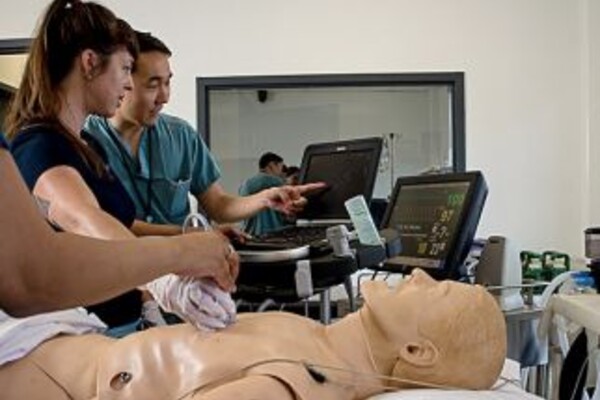Feb 27, 2021
Making History: Leading the Way
About Us, Cardiology, Clinical Immunology & Allergy, Clinical Pharmacology & Toxicology, Division of Dermatology, Education, Emergency Medicine, Endocrinology & Metabolism, Faculty, Gastroenterology & Hepatology, General Internal Medicine, Geriatric Medicine, Hematology, Infectious Diseases, Medical Oncology, Nephrology, Neurology, Occupational Medicine, Physical Medicine & Rehabilitation, Quality & Innovation, Research, Respirology, Rheumatology, Palliative Medicine


 When I was pregnant with my first kid, between the fear of the unknown and the eager anticipation, I hadn’t anticipated confronting a milestone in my workplace: That I would be the first woman in the history of my department to take maternity leave. In 2008. How could that be true? I can’t be a “first,” not at this point in time, can I? I don’t feel like a first, so why has this taken so long? How many more invisible milestones were still unmet?
When I was pregnant with my first kid, between the fear of the unknown and the eager anticipation, I hadn’t anticipated confronting a milestone in my workplace: That I would be the first woman in the history of my department to take maternity leave. In 2008. How could that be true? I can’t be a “first,” not at this point in time, can I? I don’t feel like a first, so why has this taken so long? How many more invisible milestones were still unmet? 

